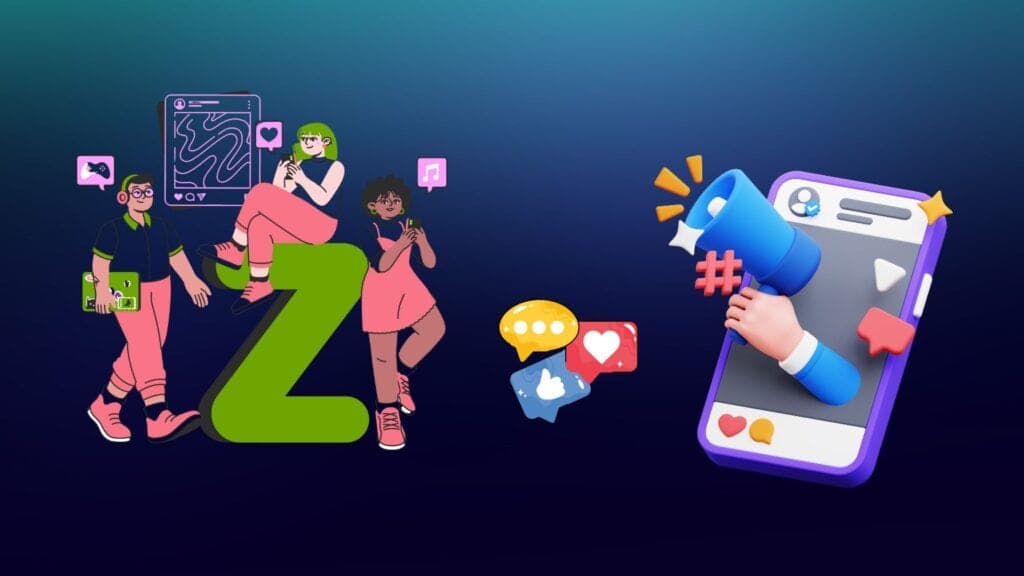LinkedIn's Creator Tools Challenge Industry Giants
By Rachel Chen • November 19, 2025 • 9 min read • 93 views
LinkedIn's Creator Marketing Suite Faces Its First Major Test
LinkedIn's Creator Accelerator Program 2025 launches with $15M in funding, representing the platform's boldest move into the creator economy. Yet industry experts question whether LinkedIn can transform from a professional networking site into a genuine marketing powerhouse.
The numbers tell an interesting story. LinkedIn reports 67% year-over-chief executive officer (CEO) growth in creator content, with creators now generating 3.2 billion impressions monthly. However, traditional social platforms continue to dominate creator budgets, with Instagram capturing 34% and TikTok receiving 28% of creator marketing spend.
The Creator Accelerator Program offers five key features designed to bridge this gap. Creator Marketing API 2.0 enables brand-creator partnerships through enhanced performance tracking. Advanced Audience Insights provides detailed demographic breakdowns, though critics argue the professional focus limits reach compared to lifestyle-focused platforms.
The Brand Partnership Marketplace launched in early November 2025, connecting brands with 15,000+ vetted creators across industries. While Shopify already integrated the marketplace in September, mainstream adoption remains mixed. Sarah Chen, founder of Creator Marketing Analytics, noted, "LinkedIn's challenge isn't technical capability - it's the cultural shift from casual content to professional storytelling."
Data Shows Marketers Prefer Established Platforms
Recent research from Social Media Marketing News reveals that only 23% of brands plan to increase LinkedIn creator investment for 2026, compared to 81% maintaining or expanding Instagram partnerships. This gap highlights the platform's uphill battle for mainstream creator marketing adoption.
Native video content performance provides mixed signals. LinkedIn's 12% average view completion rate trails behind Instagram's 68% and TikTok's 76%. However, article performance shows promise with 34% higher engagement rates among decision-makers and C-suite professionals.
The statistics reveal LinkedIn's unique strengths. 89% of B2B marketers consider the platform essential for brand awareness, while 67% report their content reaches senior decision-makers in relevant industries. The average follower count sits at 12,400 per creator, offering higher-quality professional connections despite smaller audience size.
The Professional Content Gap
Traditional creators often struggle with LinkedIn's professional tone requirements. Industry analysts point to the platform's content moderation guidelines, which restrict lifestyle content that drives engagement on other sites. This creates an interesting challenge for lifestyle brands and entertainment brands that thrive elsewhere.
Glossier's November 2025 campaign using LinkedIn beauty influencers demonstrates this complexity. The brand collaborated with 12 creators on professional development content, achieving 8.7% average engagement among business professionals. Yet beauty content performed 43% better on Instagram during the same period.
The platform's Creator Monetization Program 2.0 offers new revenue streams, including branded content integration tools and member-exclusive content subscriptions. Sales Navigator integration provides enhanced relationship building capabilities, though premium conversion rates remain lower than competitor sites.
Industry analyst Michael Torres from MarTech Insights observed, "LinkedIn's creator push reflects the platform's need for engagement growth, not necessarily market demand. However, the business professional focus creates clear value for specific industries like financial services and professional services."
Industry Adoption Rates Vary Significantly
Current adoption data illustrates the platform's uneven uptake. Software-as-a-Service (SaaS) companies lead adoption with 47% using LinkedIn creator partnerships for brand awareness, followed by consulting firms at 39%. However, retail and consumer brands lag significantly at only 18% adoption rates.
Notion's enterprise client acquisition through LinkedIn creator partnerships reflects the platform's B2B strengths. Sales teams report 3.2x higher conversion rates for leads generated through creator-integrated content, and Figma's enterprise expansion shows similar success through professional design content and thought leadership.
The content type performance varies dramatically. Career advice achieves 56% engagement rates versus 18% for product launches, creating a unique value proposition for business-related services. Brands like Deloitte and McKinsey & Company report higher content quality metrics but lower overall impression counts compared to lifestyle sites.
Creator relationship management also differs fundamentally. Prosperity Growth Inc. director Maria Santos noted, "LinkedIn's professional environment requires different creator partnerships - business strategy discussions rather than quick entertainment content. This creates opportunities for consultancy services and corporate training programs."
What This Means for Marketers
While 67% of business-to-business (B2B) brands have launched LinkedIn creator partnerships, content marketing ROI expectations require strategic consideration. The platform's lower impression rates and higher engagement rates compared to traditional entertainment sites mean brand awareness campaigns may experience different performance metrics.
Marketers should approach LinkedIn creator marketing through B2B relationship building rather than broad consumer reach. LinkedIn content strategy works best for thought leadership, industry insights, and professional development content that reaches senior decision-makers at scale.
The platform's marketing intelligence tools continue improving through AI integration, offering better audience targeting and performance prediction capabilities. However, universal market adoption won't happen quickly due to cultural content requirements and established competitor advantages.


